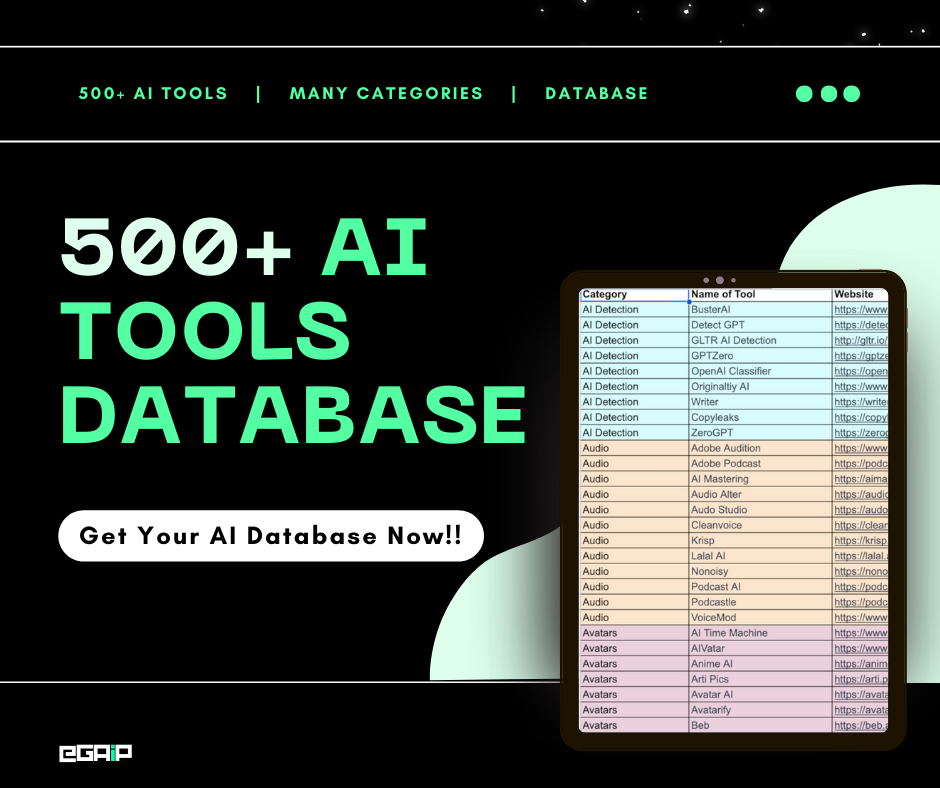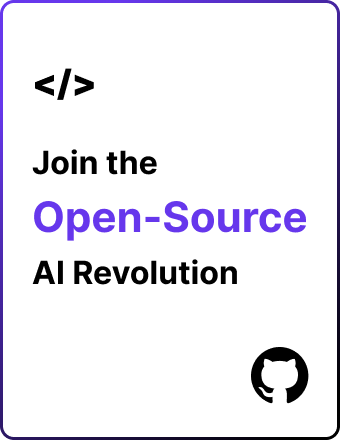- The U.S., U.K., and 16 other countries release guidelines for secure AI system development.
- Emphasis on 'secure by design' approach covering the entire AI system lifecycle.
- Focus on proactive vulnerability discovery and defense against adversarial AI attacks.
27 November 2023: In an unprecedented move, the United States and the United Kingdom, alongside 16 other global partners, have unveiled comprehensive guidelines for developing secure artificial intelligence systems.
This initiative, led by the U.S. Cybersecurity and Infrastructure Security Agency (CISA) and the National Cyber Security Centre (NCSC) of the UK, marks a significant step in ensuring AI technologies are developed with robust security measures.
Securing AI Against Cyber Threats
The guidelines emphasize a ‘secure by design‘ approach, integrating cybersecurity into every stage of AI system development. This method encompasses secure design, development, deployment, and ongoing maintenance.
The CISA stresses the importance of owning security outcomes, promoting radical transparency, and instigating organizational structures where security is paramount.
The NCSC elaborates that this approach is crucial for AI system safety, covering all critical areas within the AI system development lifecycle.
These new standards build on existing U.S. efforts to mitigate AI risks, focusing on thorough testing before public release, implementing safeguards against societal harms like bias and discrimination, and enhancing privacy protections.
The guidelines also advocate for robust methods enabling consumers to identify AI-generated content.
A key aspect of the guidelines is encouraging companies to facilitate third-party discovery and reporting of vulnerabilities in AI systems through bug bounty programs.
This proactive stance aims for swift identification and rectification of security flaws.
Combating Adversarial AI Attacks
The guidelines also address the increasing threat of adversarial attacks on AI and machine learning systems.
These attacks, including prompt injection and data poisoning, can lead to unintended behaviors such as misclassification, unauthorized actions, or the extraction of sensitive data.
The collaborative effort aims to develop strategies to counter these sophisticated cyber threats effectively.
In conclusion, this global initiative represents a significant advancement in securing AI technologies against a backdrop of evolving cyber threats.
The guidelines set a precedent for international cooperation in the field of AI security, reflecting a growing awareness of the critical need to safeguard these transformative technologies. You can check the complete guidelines here: Guidelines for Secure AI System.






